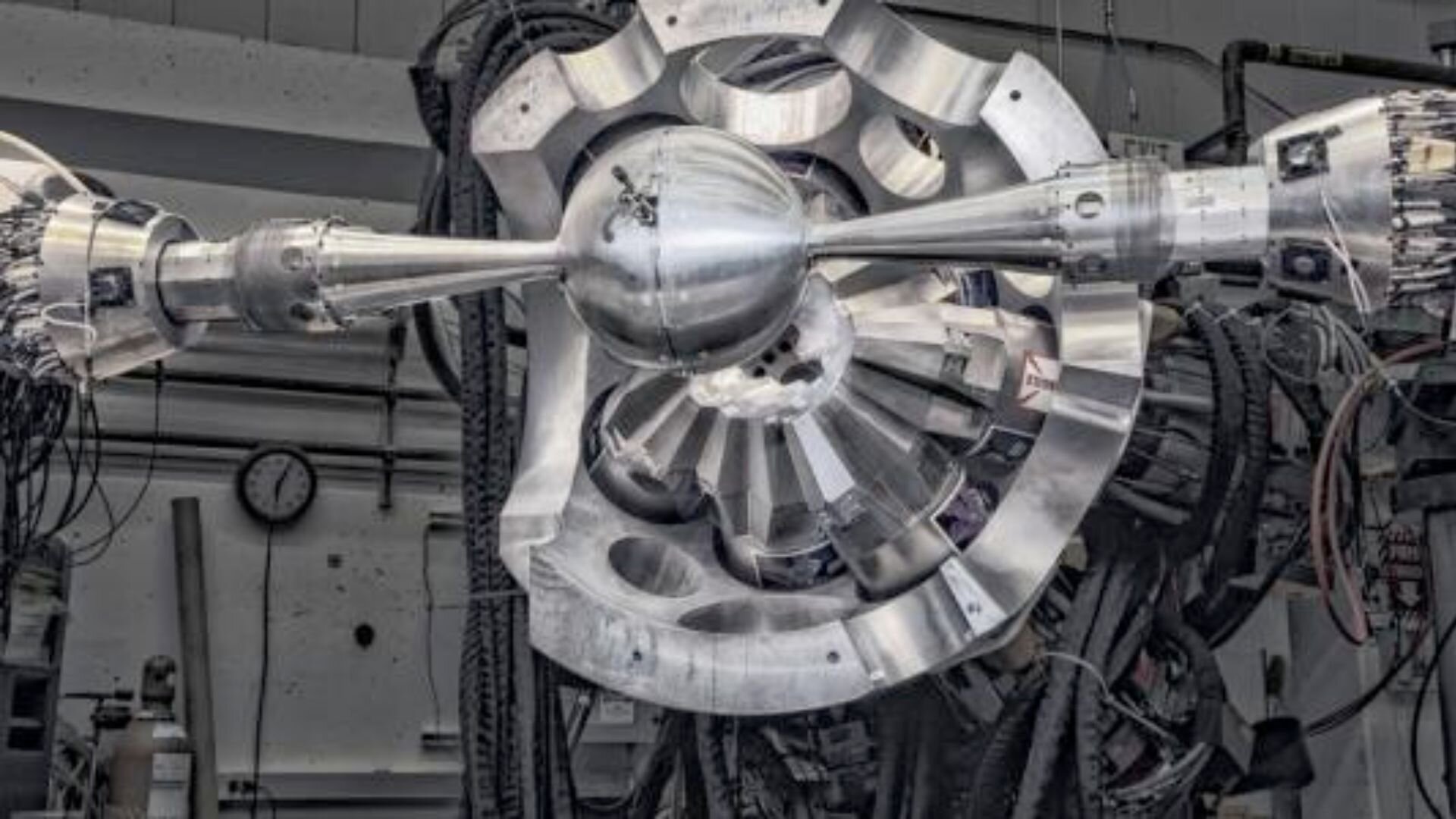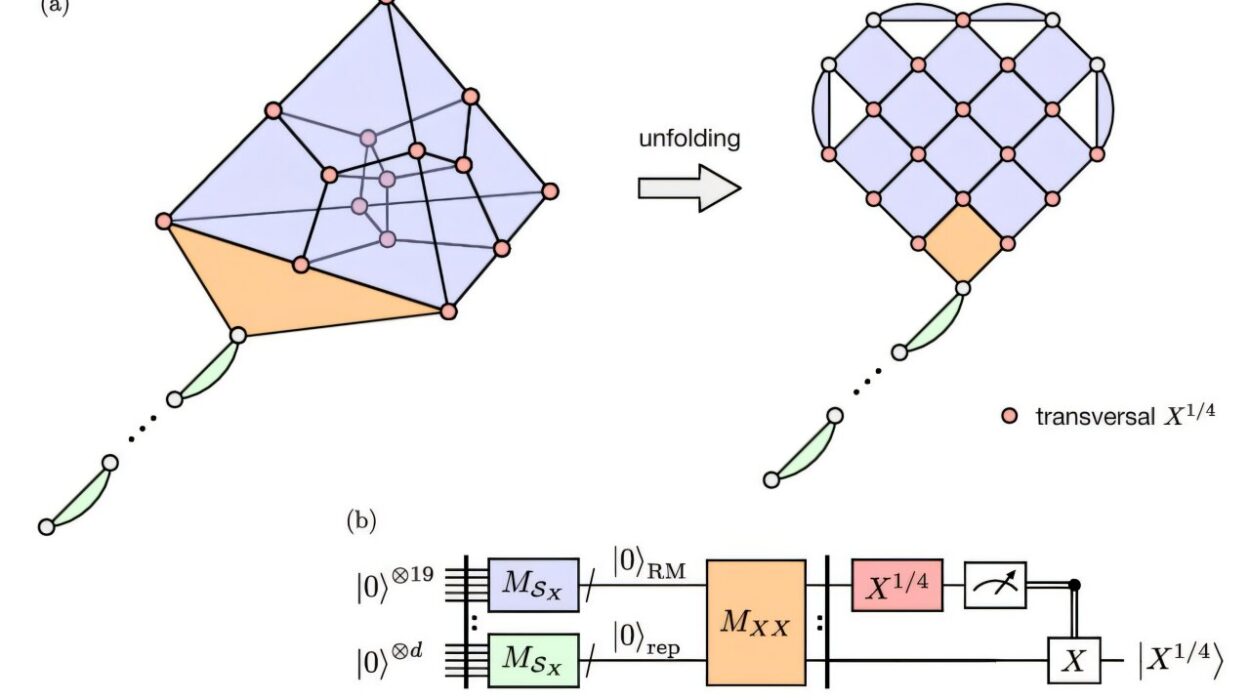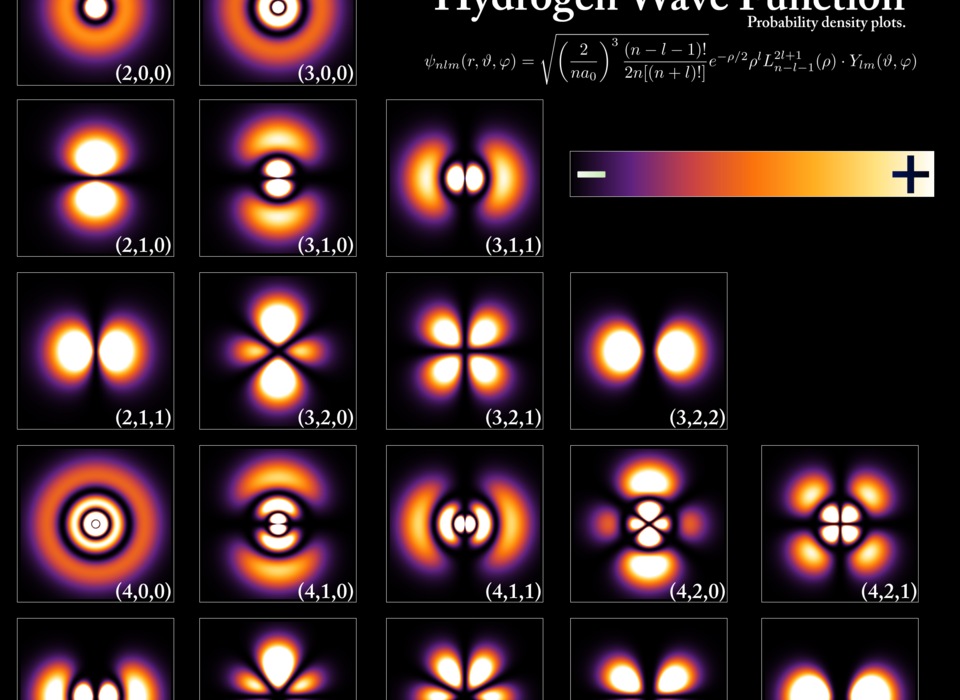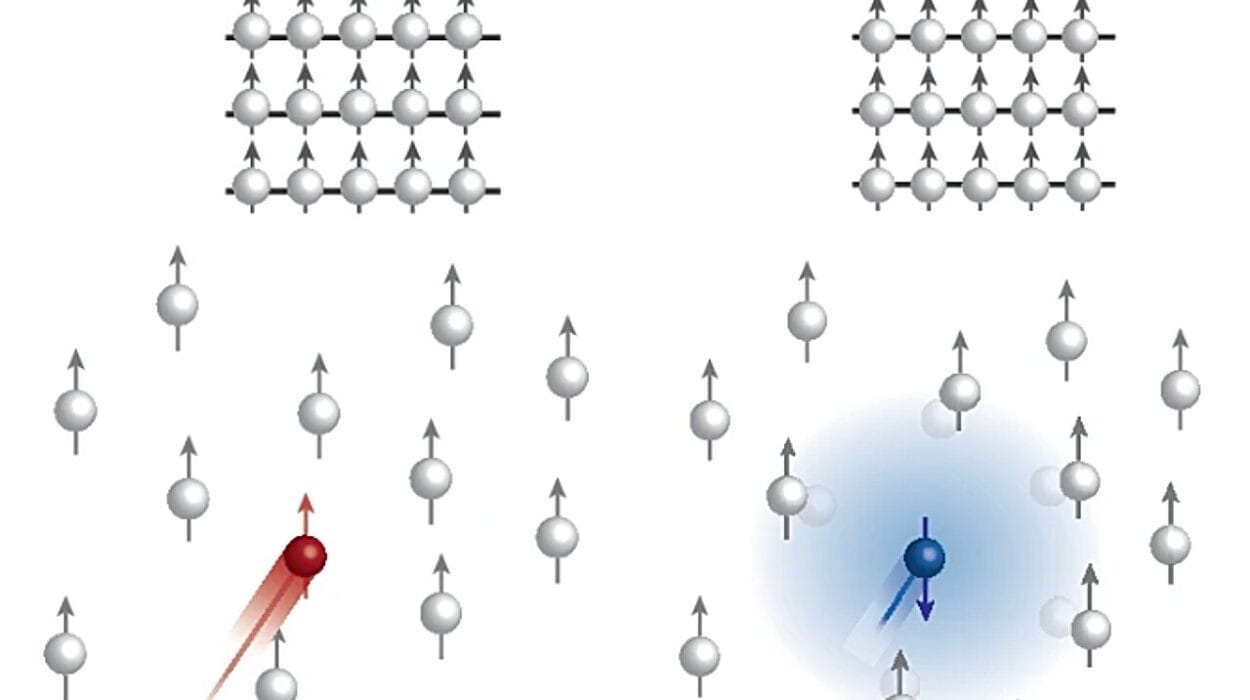In a groundbreaking discovery that challenges established nuclear models, an international team of scientists has revealed unexpected shape characteristics in lead-208 (208Pb), the heaviest known “doubly magic” nucleus. The research, published in Physical Review Letters, focuses on the deformation and collective behavior of lead-208, revealing new insights into its structure that current nuclear models fail to predict.
Doubly Magic Nuclei and Expected Spherical Shape
In the context of nuclear physics, “doubly magic” nuclei are those where both protons and neutrons fill complete shells, corresponding to the so-called “magic numbers” — 2, 8, 20, 28, 50, 82, and 126. These numbers are critical in understanding the stability of atomic nuclei, much like how noble gases represent stable electronic configurations. For doubly magic nuclei like lead-208, which has 82 protons and 126 neutrons, the nuclear shells are completely filled, leading to increased stability and, theoretically, a spherical shape.
The idea behind doubly magic nuclei is that the complete arrangement of protons and neutrons leads to a perfectly symmetrical nucleus. Lead-208, with its doubly magic configuration, was expected to conform to this assumption, maintaining a spherical shape. However, the new study challenges this expectation, suggesting that lead-208 may not be as spherical as previously thought, exhibiting instead unexpected deformations.
Quadrupole Moments and Nuclear Shape
To investigate this anomaly, the researchers focused on the spectroscopic quadrupole moments of two excited states in lead-208. The spectroscopic quadrupole moment is a critical measure of how much a nucleus deviates from a perfect sphere, providing a quantitative description of its shape. A positive quadrupole moment indicates a prolate (elongated) shape, while a negative one suggests a flattened or oblate shape.
Dr. Jack Henderson, the first author of the study and a researcher at the University of Surrey, explained the process. The team used beams of germanium, tellurium, neodymium, and erbium to bombard a thin foil of lead-208. When these particles collided with the lead nuclei, they transferred energy, exciting the nuclei and allowing the scientists to study their subsequent decay. The probability of this excitation depended on the shape of the nucleus, so by measuring the energy and the way particles scattered, the team could determine the shape of lead-208.
The results were surprising. Both of the excited states studied exhibited large, negative quadrupole moments, which pointed to an elongated or prolate shape rather than the expected spherical form.
Understanding Magic Numbers and Nuclear Stability
The concept of magic numbers has been central to understanding nuclear stability. When a nucleus contains a magic number of protons or neutrons, it becomes particularly stable, as the shells of these particles are filled. For doubly magic nuclei, such as lead-208, both the proton and neutron shells are complete, theoretically creating a highly stable, spherical nucleus.
However, these magic numbers are not only important for nuclear stability but also have significant implications for stellar nucleosynthesis. The formation of heavy elements, especially in processes like the r-process (rapid neutron capture), is significantly influenced by the stability provided by these magic numbers. The study of nuclei like lead-208 helps us better understand the production of heavy elements in cosmic events, such as neutron star mergers.
Coulomb Excitation: A Key Experimental Technique
While the study of doubly magic nuclei is not new, the team used state-of-the-art experimental techniques to refine their measurements. One of the primary methods employed was Coulomb excitation, which excites nuclei through electromagnetic interactions, without the involvement of the nuclear strong force.
Dr. Henderson highlighted the advantage of this technique: “Coulomb excitation is exceptionally sensitive for determining deformation because it depends only on the electromagnetic force, which we have understood since the late 1800s.” In this case, the use of high-purity germanium detectors in the GRETINA array allowed the team to measure gamma rays emitted when excited lead-208 nuclei returned to their ground state. At the same time, the team used the CHICO2 detector array to track the scattered particles.
This experimental setup provided a precise way to measure the quadrupole moments of two excited states: the first quadrupole excitation and the first octupole excitation. These measurements were crucial in revealing the deformation of lead-208.
Challenging Theoretical Models
The results of the study posed a significant challenge to the established nuclear models. When the team compared their experimental findings with predictions from three different theoretical approaches — the nuclear shell model, density functional theory, and Hartree-Fock calculations — none of the models were able to reproduce the observed sign and magnitude of the deformation.
This discrepancy between experiment and theory was perplexing. Dr. Henderson acknowledged this challenge, saying, “The models seem to fail to reproduce our observables, and the reason isn’t entirely clear. One possibility is that the nuclear interactions used require refining, or there may be a degree of freedom we hadn’t recognized as important.”
This is a significant finding, as it suggests that current models of nuclear structure may need to be revisited or refined. The failure of these models to predict the shape of lead-208 could be indicative of missing or inadequately understood aspects of nuclear interactions, potentially offering new avenues for research.
Implications for Nuclear Physics and Stellar Evolution
The findings of this research are far-reaching, with implications not only for nuclear physics but also for stellar evolution. Lead-208 plays a pivotal role in understanding the formation of heavy elements in the universe. For example, understanding how lead-208 behaves in extreme environments can provide insights into the process of neutron star mergers, where elements heavier than iron are rapidly synthesized.
The unexpected shape of lead-208 could also have significant implications for our understanding of nuclear reactions in astrophysical environments. The study could lead to new insights into how nuclei behave under extreme conditions, such as those found in supernovae or neutron star collisions.
Future Directions and Research
Dr. Henderson and his team are already planning follow-up experiments to address these challenges. One possible direction is to study neighboring nuclei, such as other isotopes of lead, to help identify the missing elements in the theoretical models. These neighboring isotopes could provide more information on how the nuclear forces vary and how these variations affect nuclear shapes.
Another potential avenue for future research is to explore how nuclear shape vibrates, which could help identify key signature states that have so far eluded experimental detection. By investigating these states, scientists may be able to gain a deeper understanding of how deformation occurs at the nuclear level, improving the accuracy of theoretical models.
Conclusion
The discovery that lead-208, a doubly magic nucleus, exhibits unexpected deformation challenges long-standing nuclear models and opens up new avenues for research. The study not only sheds light on the shape of nuclei but also has broader implications for understanding the formation of heavy elements in the universe. As research in this area progresses, it is likely to refine our understanding of nuclear physics and provide critical insights into the processes that govern stellar evolution and the synthesis of the elements that make up the universe.
Reference: J. Henderson et al, Deformation and Collectivity in Doubly Magic 208Pb, Physical Review Letters (2025). DOI: 10.1103/PhysRevLett.134.062502






